Search
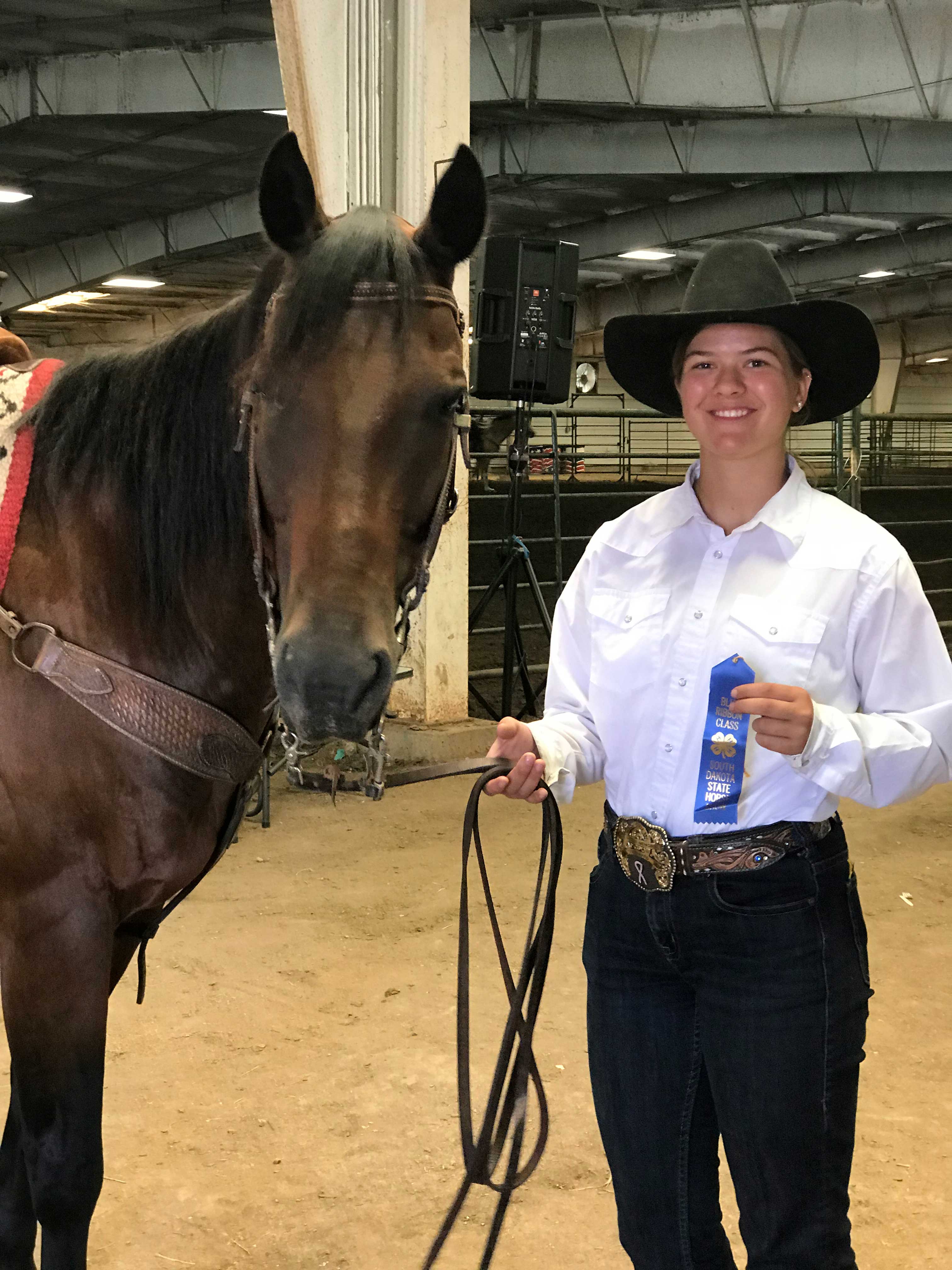
Life Lessons Gained in 4-H
Rose Eitemiller started 4-H as a Cloverbud in Charles Mix County and has continued through her high school career. Along the way, she has learned lessons that she will take with her throughout life.
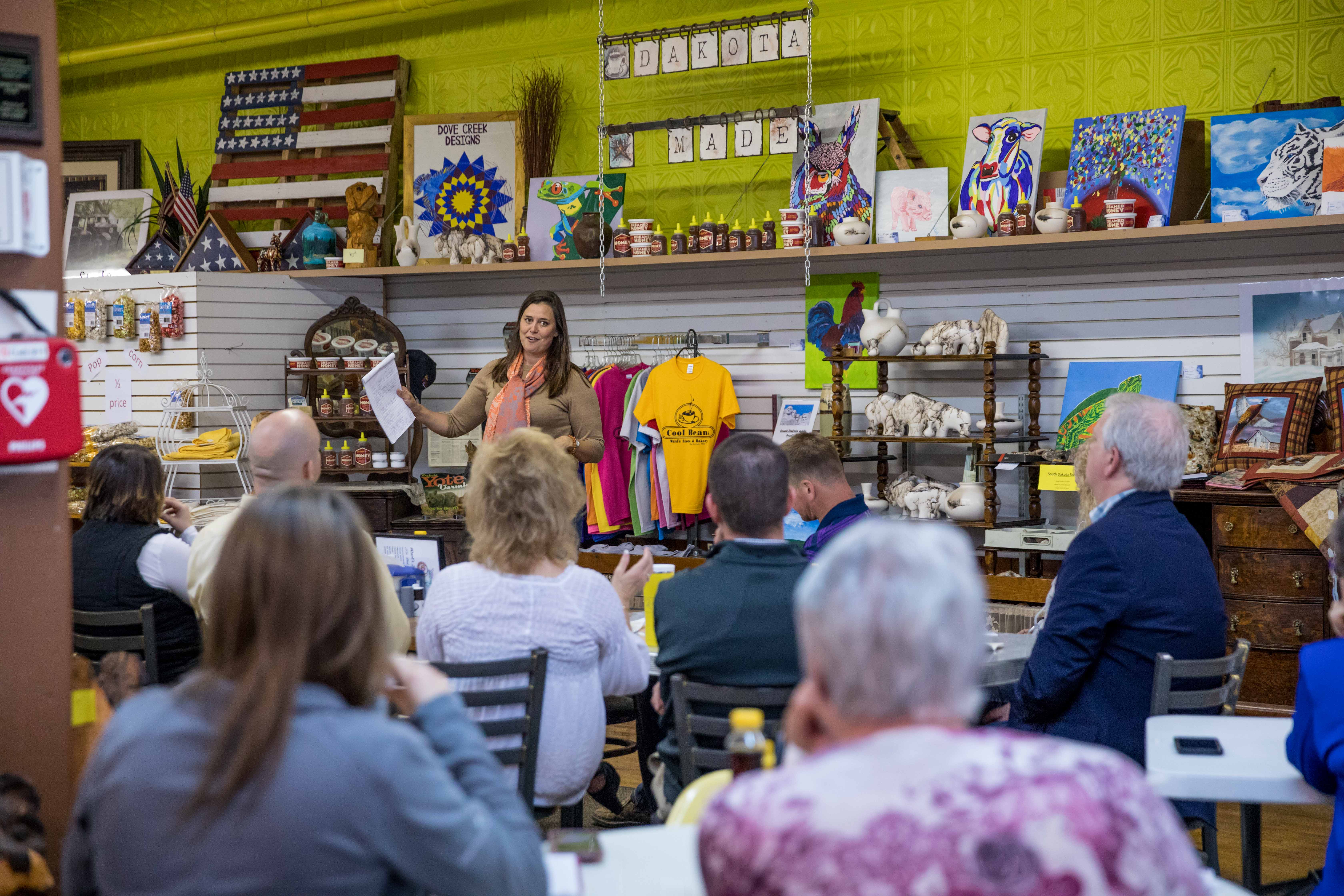
Newsletters
Sign up to receive the latest updates from SDSU Extension.
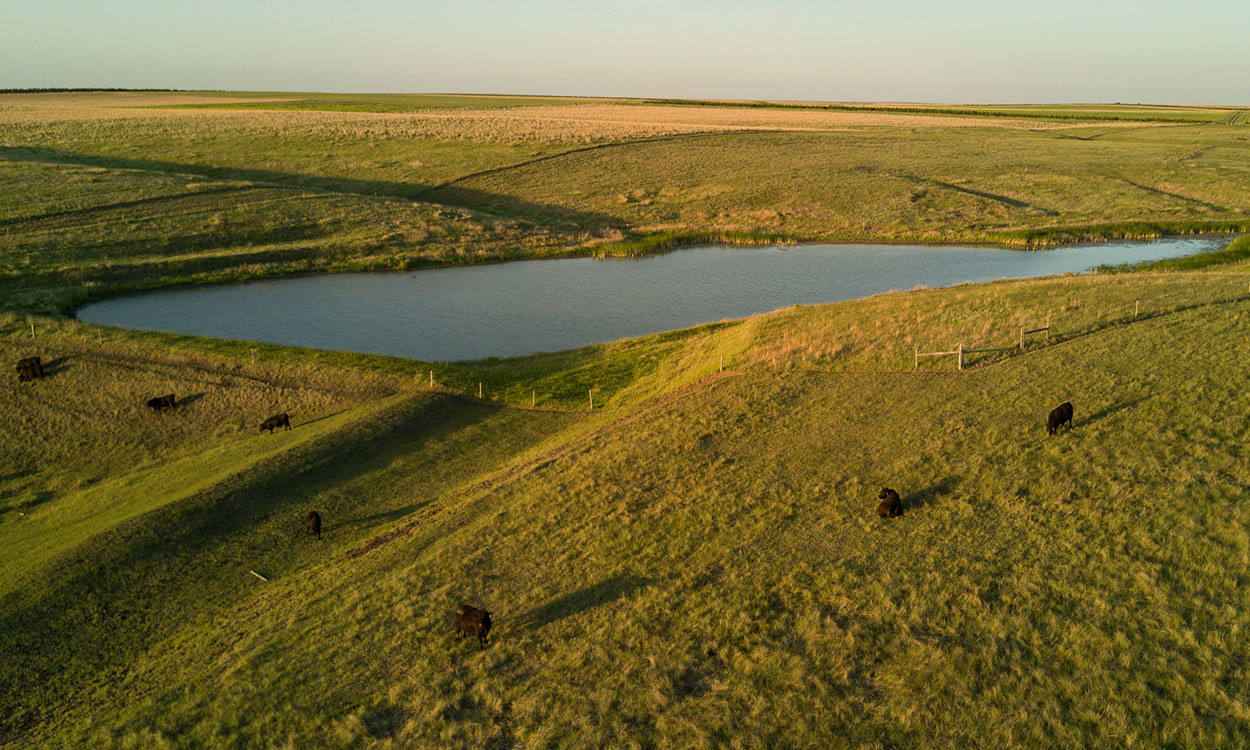
Grazing Systems
According to rangeland and pasture specialists, there are four basic types of grazing systems, including: continuous grazing, deferred rotational grazing, rest rotational grazing and management-intensive grazing.
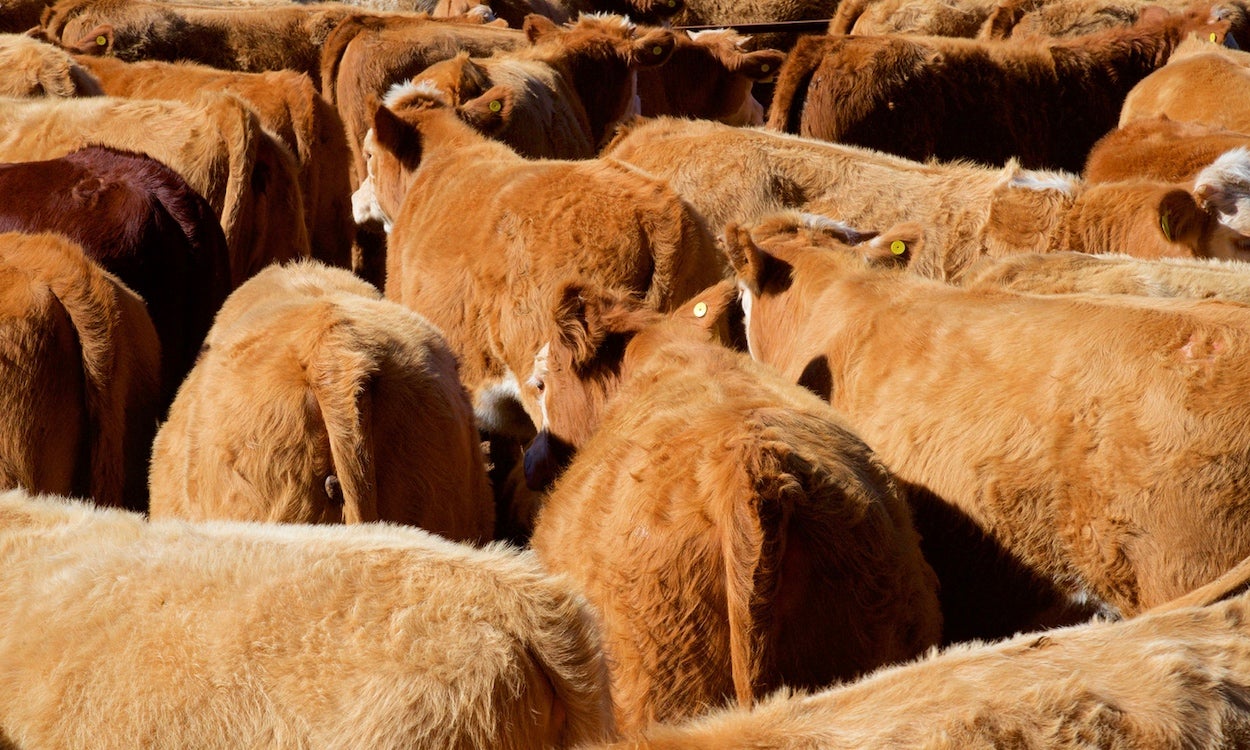
Culling Decisions Due to Drought
Learn some key considerations for developing culling strategies that align with the goals and objectives of your operation when facing potential prolonged drought conditions.
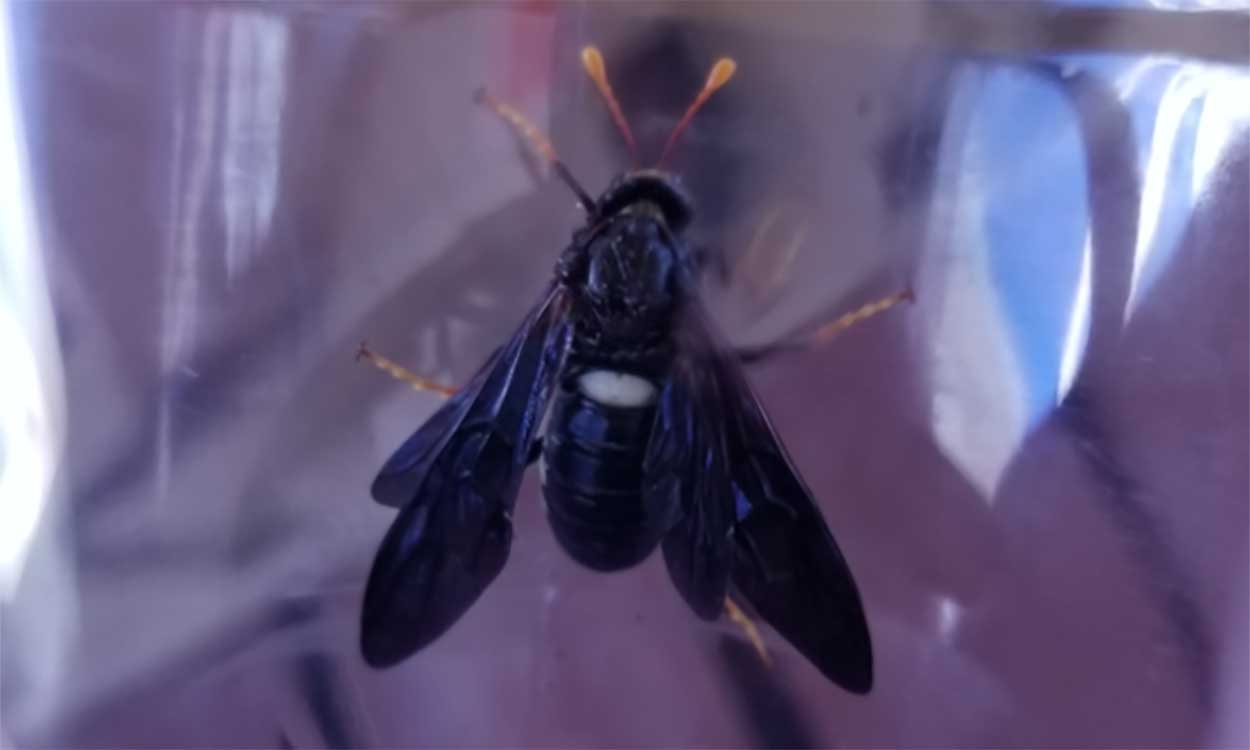
A fly? A hornet? Nope, it’s a sawfly!
This spring, there have been multiple reports of people seeing large fly-like insects in their yards. These insects are sawflies, and all reports thus far have been the elm sawfly (Cimbex americana).
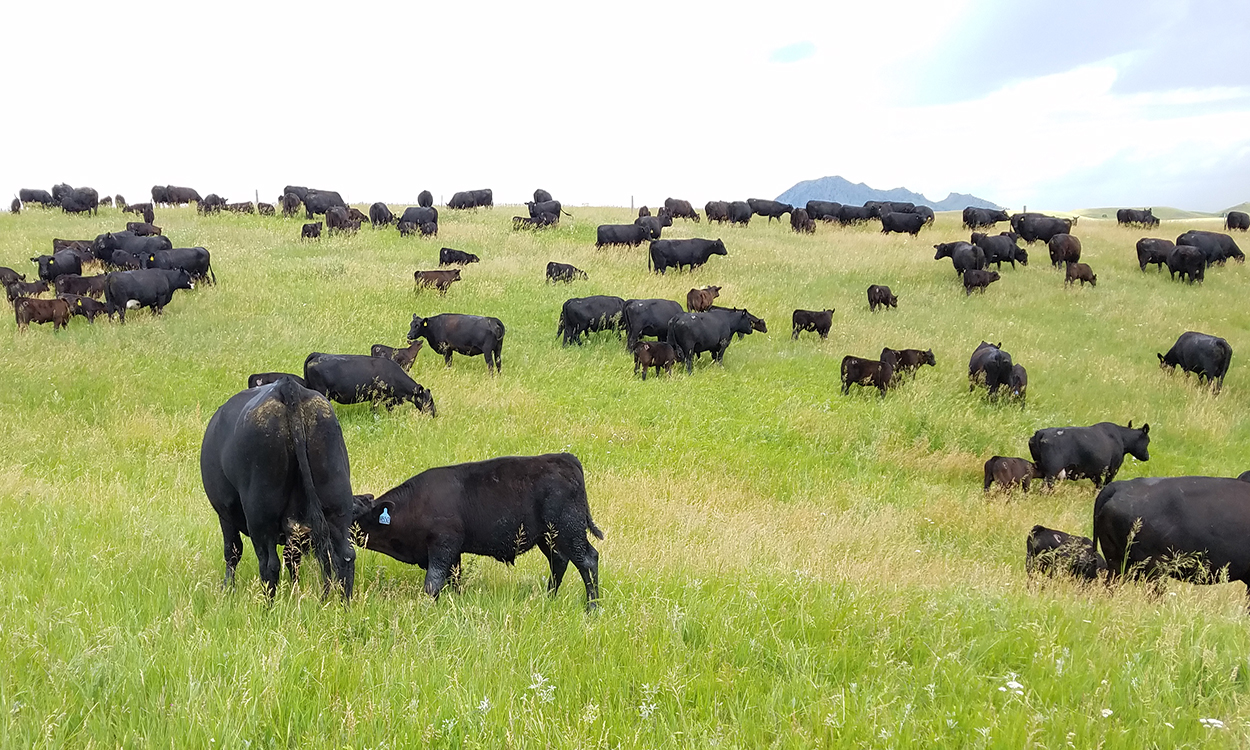
Equation of Reproductive Efficiency
The key factors to reproductive success in beef cattle are proper management, nutrition, health, and selection, while reproductive technologies can enhance management if the previous factors are in sync.
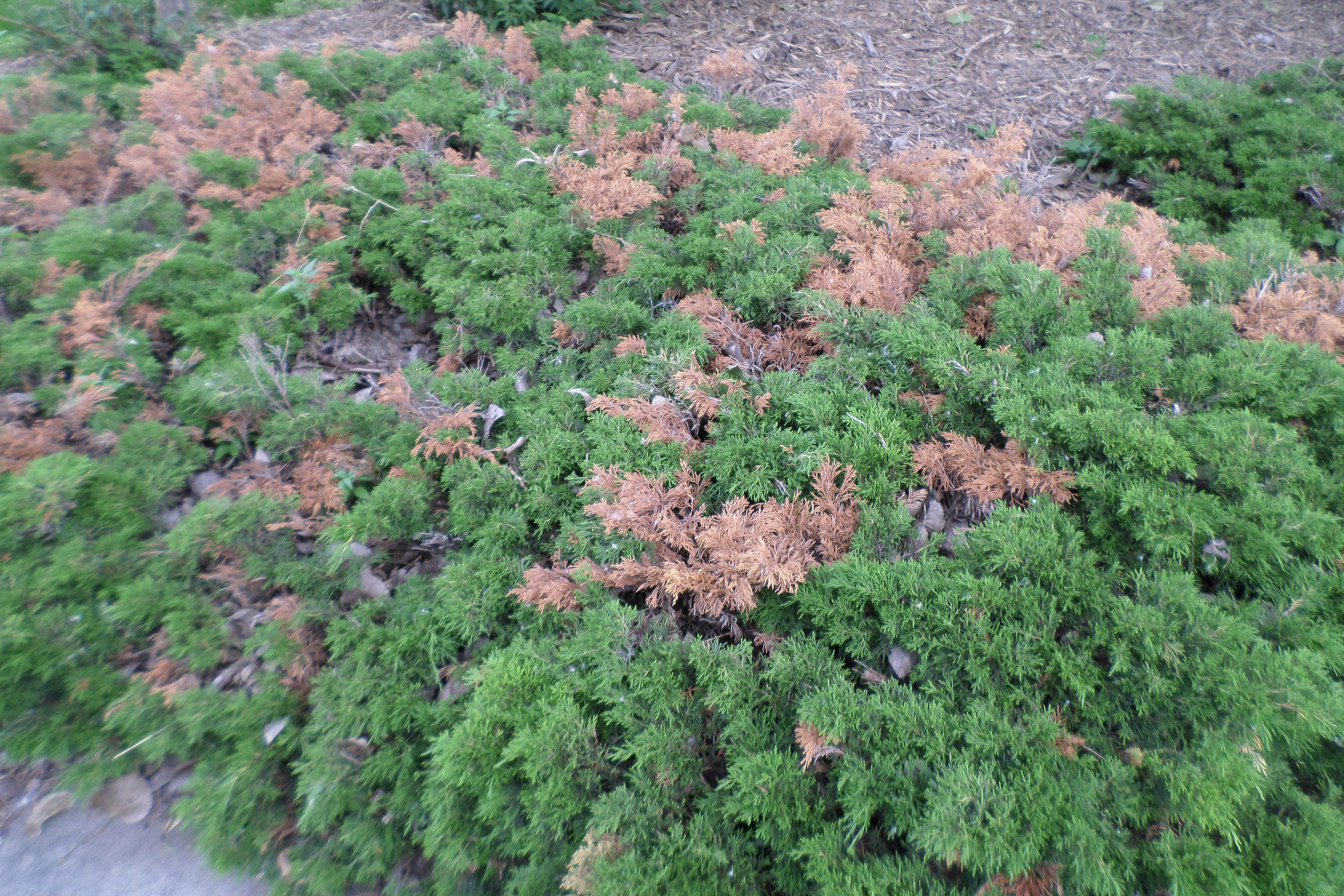
Vole Damage to Junipers & Small Trees
Vole-damaged junipers can be identified by distinct yellowing and browning shoot tips, as well as unique gnaw marks.
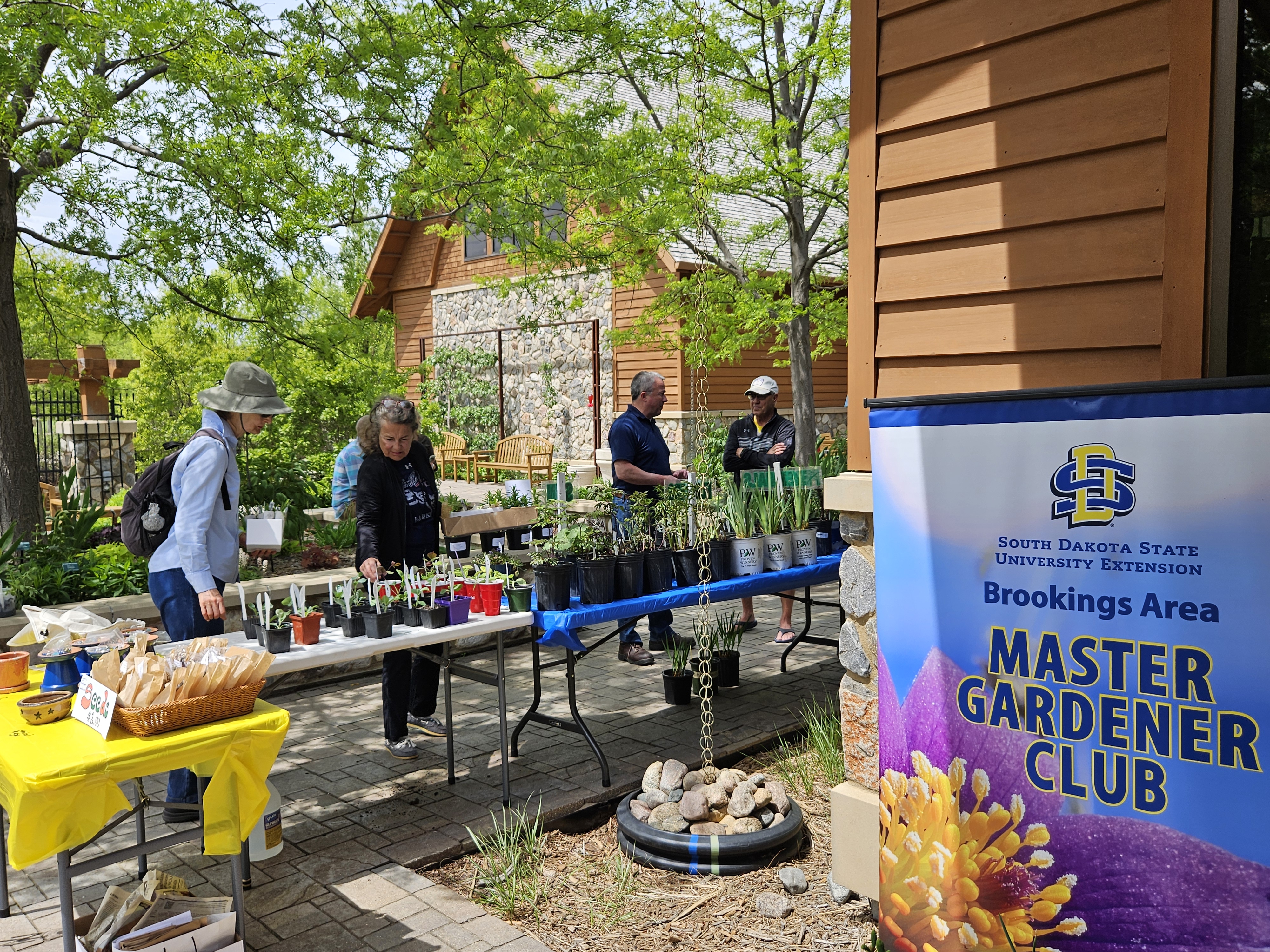
SDSU Extension, McCrory Gardens to host Garden Discovery Festival
March 31, 2025
South Dakota State University Extension and McCrory Gardens will launch the 2025 summer programming schedule with the Garden Discovery Festival on May 18, 2025.

Cold Weather Management Options
Winter weather conditions impact cattle as well as the cattle producers. Cold temperatures combined with wind creates more stress and increased management to achieve similar animal performance.
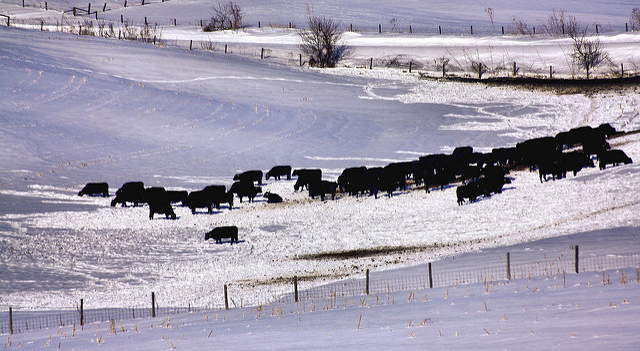
Nutritional Needs Prior to Calving
Nutrition during late gestation plays a large role on the future calf as well as the dam. It is during the last 60-90 days of gestation, or the pre-calving period, that impacts the calf’s survivability, long-term health and overall production.